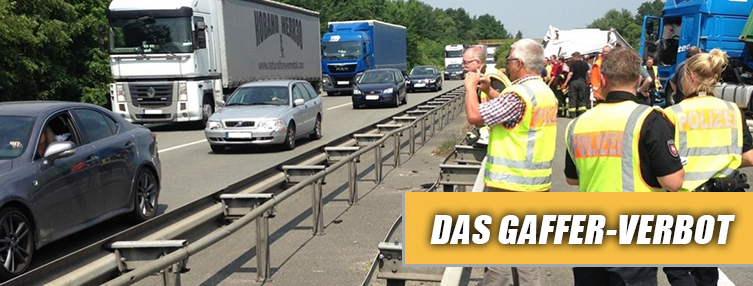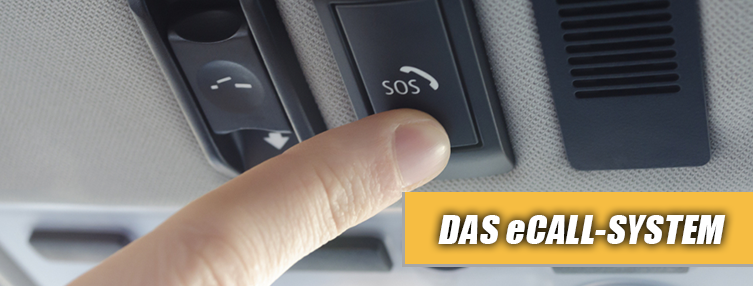Dear friends of the driving school at AKH,
today we are dealing with the Immission Control Act Air, or IGL for short.
To whom does the law apply?
This applies to all motor vehicles with a few exceptions. That means, even if it sounds a bit strange, the law also applies to purely electric vehicles. There are different regulations that can be issued. On the one hand according to the Road Traffic Act, on the other hand according to the so-called IGL.
Let’s take the example of a speed limit:
In the local area of Vienna there is a 50 km/h limit anyway, according to the Road Traffic Act, and the entire municipal area of Vienna is also a 50 km/h zone according to the IGL. The whole thing is always visible on these big boards with 50 kmh zone with the Immission Control Act-Air on the additional board.
However, Vienna also has open country roads such as the Höhenstraße. Here you pass the traffic sign “Wien Ende” and therefore it is an open country road. There is a general restriction of 100 km/h there according to the road traffic regulations! According to the IGL, however, there is a restriction of 50 km/h and this also applies to electric vehicles!
A bicycle, for example, is not subject to the IGL and would therefore be allowed to travel at 100 km/h on the elevated road.
The IGL regulations are also applied on various motorways. Speed limits are repeatedly imposed here in accordance with the IGL. If, for example, the StVO allows 130 km/h, this provision can be overruled by an IGL supplementary plate.
What happens in the event of a violation?
Penalties of up to €2,180 are imposed for violations of the IGL.
It should also be noted that coercive measures can be imposed on offenders in breach of the Immission Control Act-Air, for example: The removal of the vehicle key, or the provisional removal of the driving licence.
Now let’s get to the innovation!
The current amendment to the law includes the change that in future electric cars will be exempt from the speed limits according to the IGL. However, the electric cars must meet the following criteria:
- You must have a registration plate with green lettering.
- The exemption only applies on highways and motorways.
I hope I have been able to give you a better understanding of the Immission Control Act – Air, and if you have any questions about it, I will be happy to answer them.
Please just get in touch on my social media channels and tell me what you would like to know.
Furthermore, I would be really happy if you follow me on our social media channels! Thank you very much!









